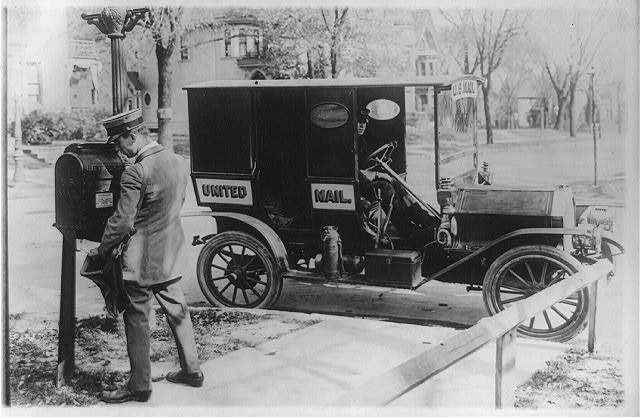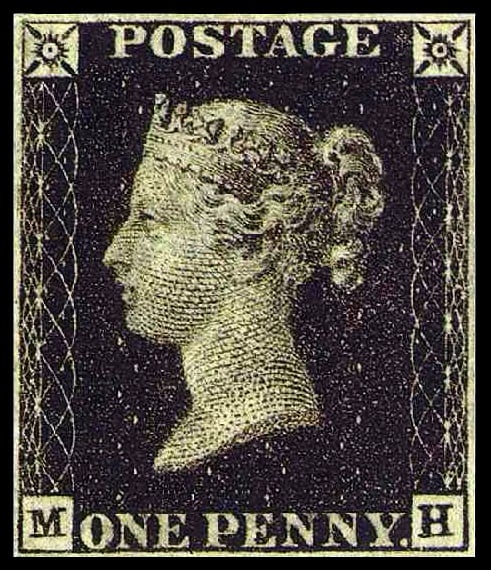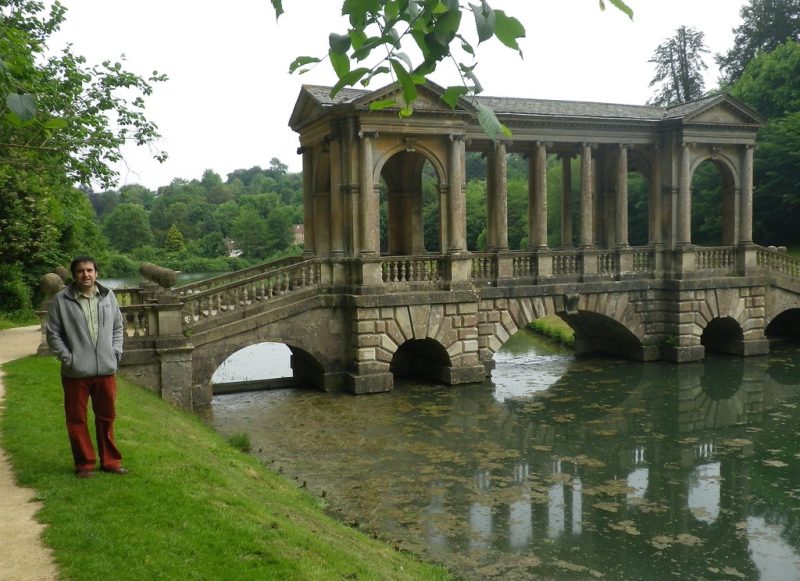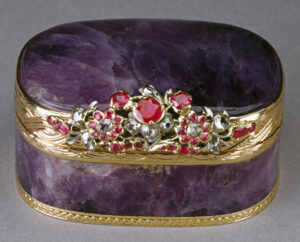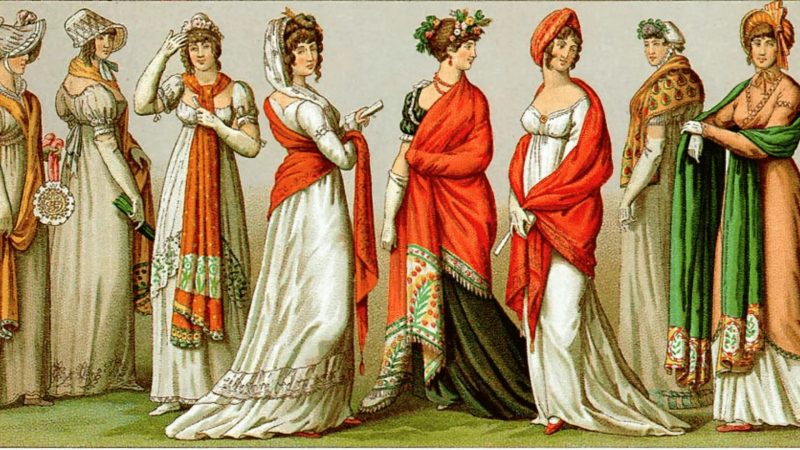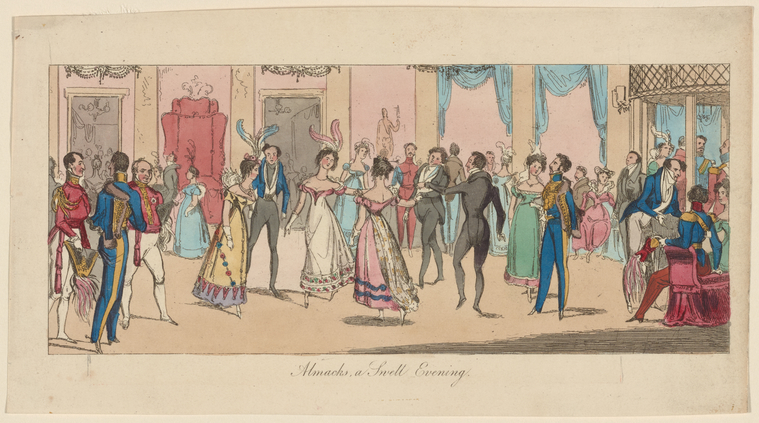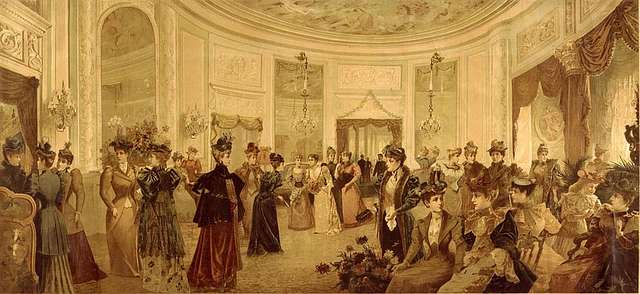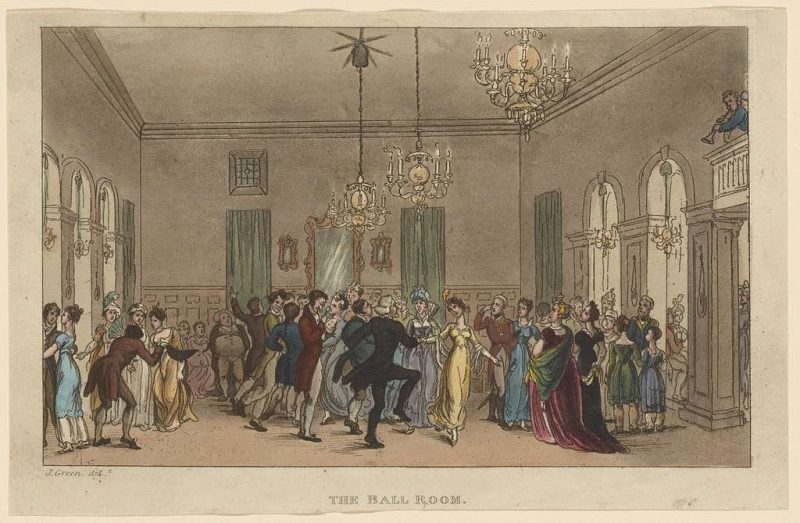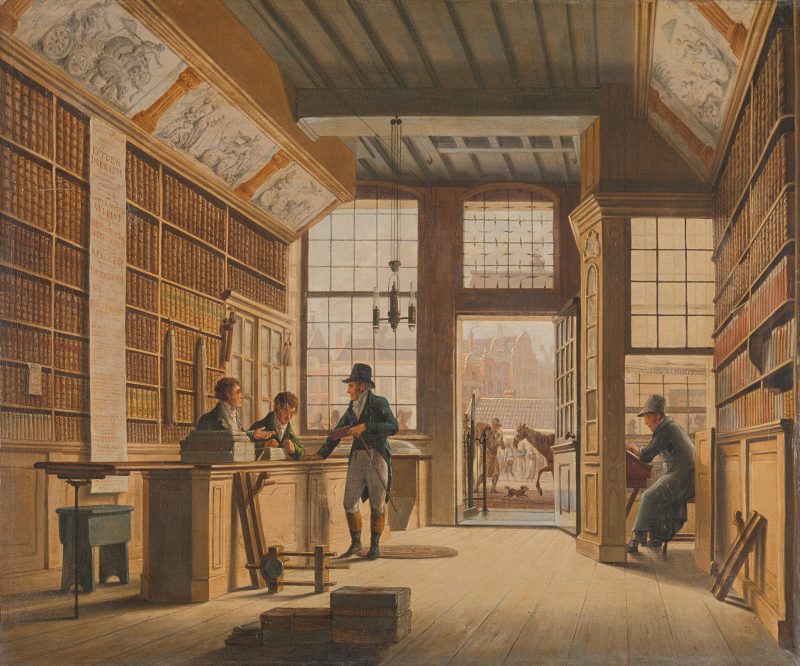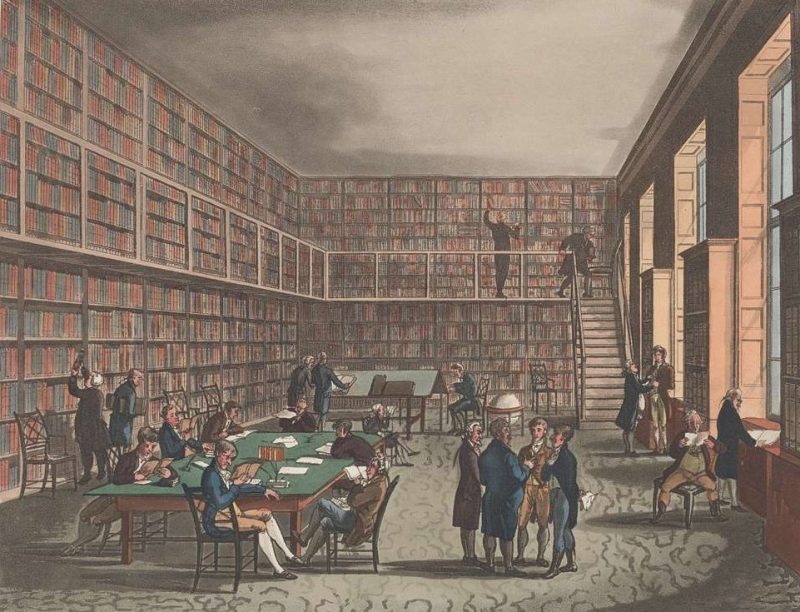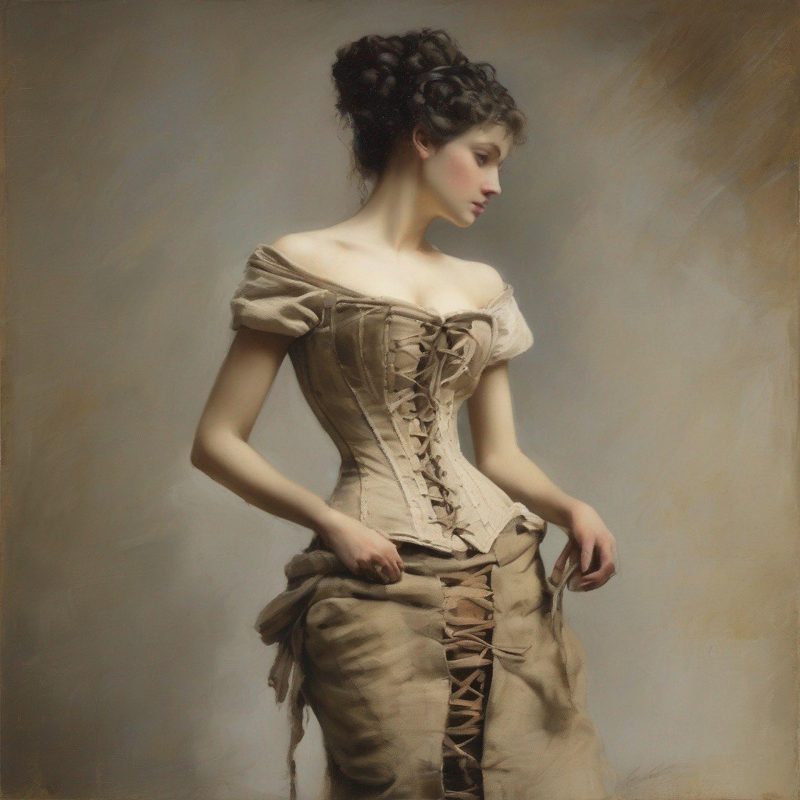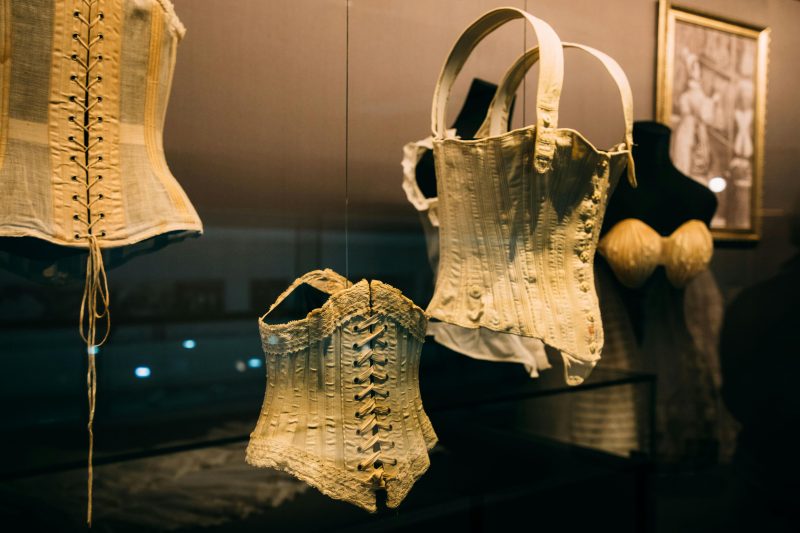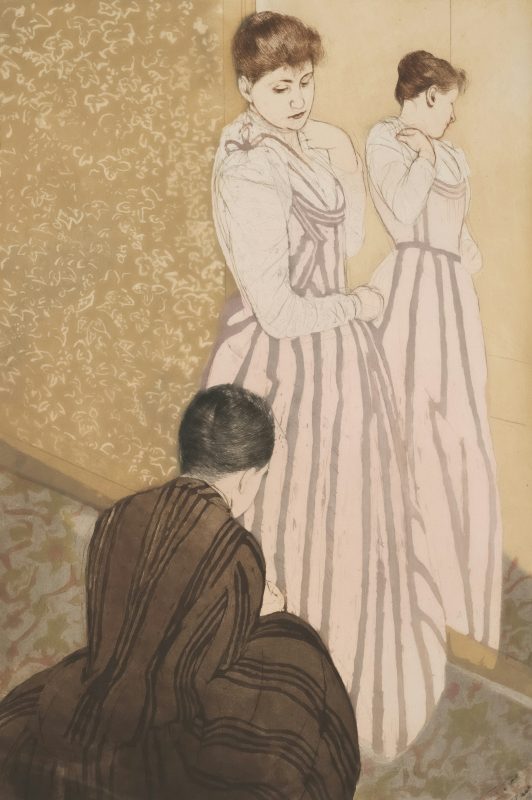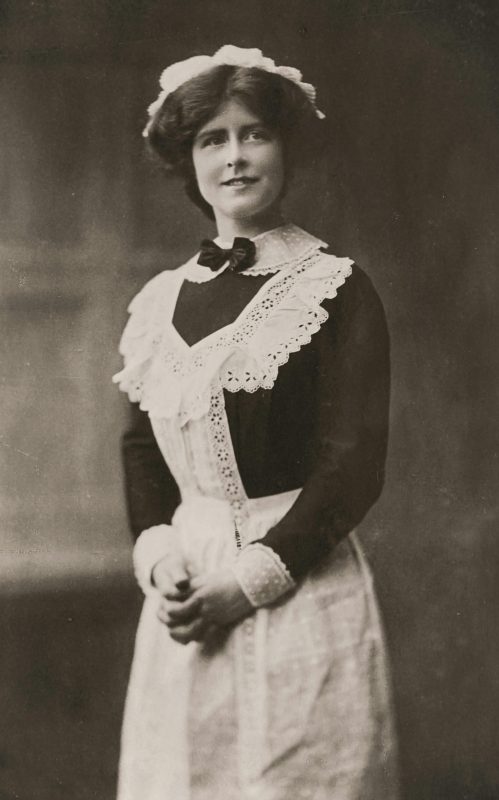The term ‘macaroni’ is often associated with the 18th-century fashion trend that originated in Italy and became a symbol of excess and flamboyance in England. By the Regency era, the term had evolved into a slang word for someone who was overly fashionable or pretentious. The macaroni phenomenon offers a fascinating glimpse into the intersection of fashion, culture, and social satire in the 18th and early 19th centuries.
The Origins of the Macaroni
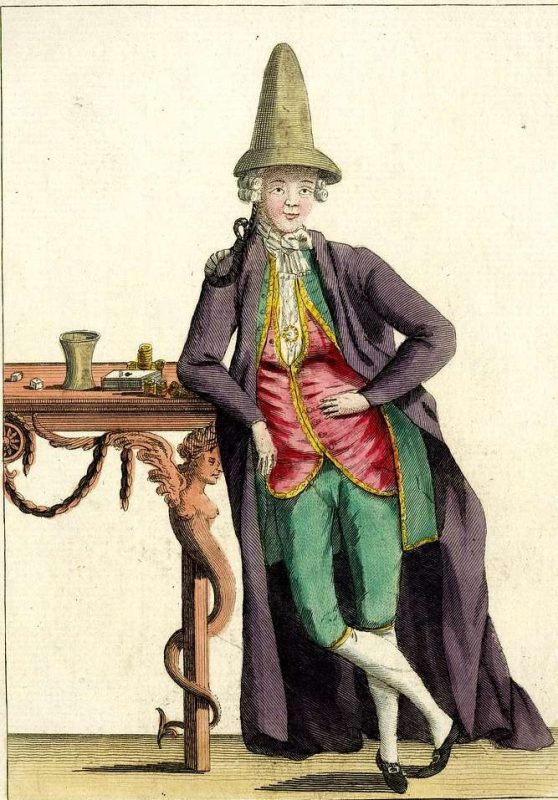
The macaroni trend began in the mid-18th century, when young British aristocrats on the Grand Tour brought back Italian fashion and culture. These young men adopted extravagant styles, including tall wigs, brightly coloured clothing, and oversized accessories. They were known as ‘macaronis’ because of their love of Italian pasta, which was considered exotic at the time.
The macaroni style was a reaction against the more restrained fashions of the early 18th century. It was characterised by its flamboyance and attention to detail, with macaronis often spending hours on their appearance.
The Macaroni in Popular Culture

The macaroni became a popular subject of satire in the 18th century. Cartoons, plays, and songs mocked their exaggerated fashions and effeminate manners. The term ‘macaroni’ came to be associated with pretentiousness and excess, and it was often used as an insult.
By the Regency era, the macaroni trend had faded, but the term lived on as a slang word for someone who was overly concerned with fashion. It was also used to describe someone who was eccentric or ridiculous, reflecting the enduring influence of the macaroni as a cultural symbol.
The Legacy of the Macaroni
The macaroni phenomenon highlights the role of fashion as a form of self-expression and social commentary. It also reflects the tensions between tradition and innovation in 18th and 19th-century society. Today, the macaroni is remembered as a quirky and colourful chapter in the history of fashion.
Conclusion
The macaroni trend was a fascinating blend of fashion, culture, and satire. It challenged societal norms and sparked debates about masculinity, class, and identity. While the macaroni may seem like a relic of the past, its legacy lives on in our fascination with fashion and individuality.
References for Further Reading:
- The Macaroni Craze
https://www.historic-uk.com/CultureUK/The-Macaroni/ - Meet the Macaronis
https://www.historytoday.com/miscellanies/meet-macaronis
